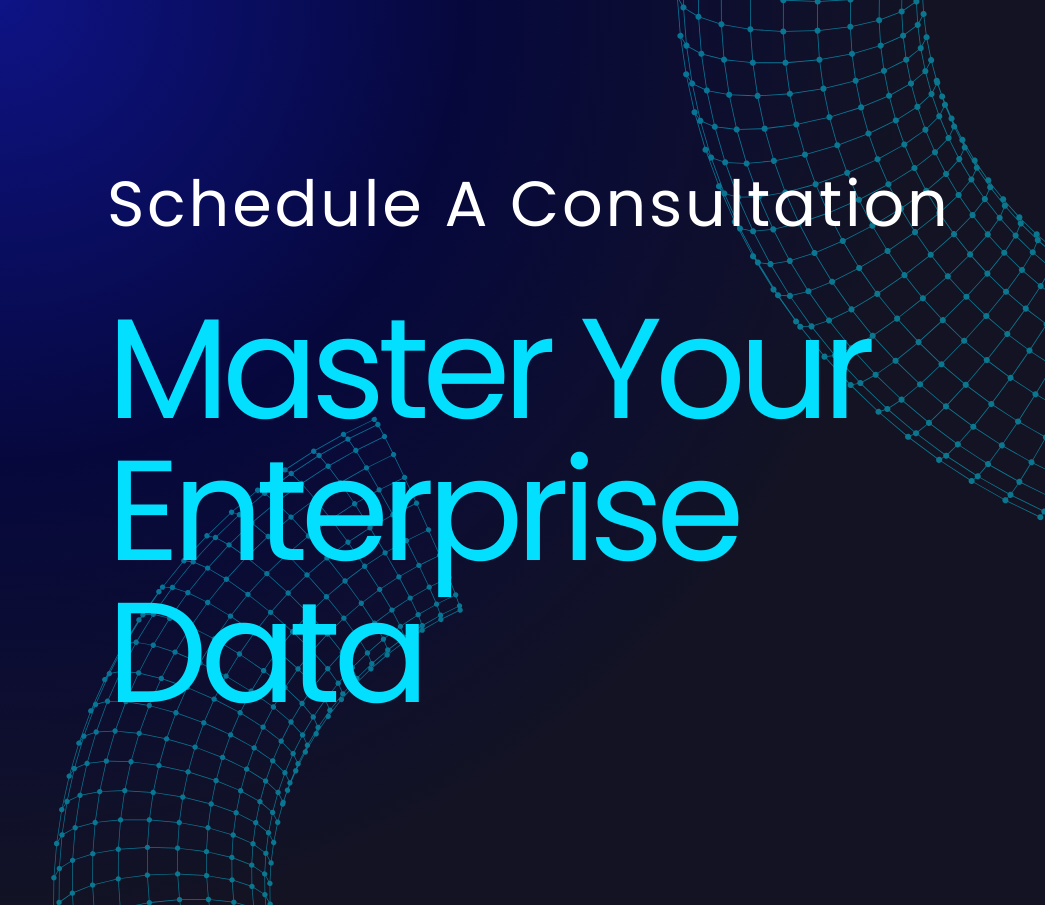In the rapidly evolving landscape of enterprise data management, the concept of data lakehouses has emerged as a game-changing paradigm. This architectural approach promises to bridge the gap between traditional data warehouses and data lakes, offering the best of both worlds. But as with any transformative technology, the journey from concept to implementation is fraught with challenges and uncertainties. How can organizations effectively measure the return on investment (ROI) for these complex data initiatives?
- The Hidden Costs of Inaction in Data Investments
- Deconstructing the Traditional ROI Model
- The Anatomy of an Advanced Enterprise ROI Model
- Overcoming Implementation Hurdles
- Aligning ROI Models with Enterprise Data Governance
- Predictive Modeling for Long-Term Data Investment Planning
- The Human Element: Communicating ROI Insights Across the Organization
The stakes are high. According to recent industry reports, companies that successfully implement data lakehouse architectures see an average of 30% improvement in data processing speeds and a 25% reduction in overall data management costs. Yet, many enterprises struggle to quantify these benefits in a way that resonates with decision-makers and justifies the significant upfront investment.
This guide dives into the intricacies of building robust ROI models for data lakehouse investments. We’ll explore how to capture both tangible and intangible benefits, navigate the complexities of long-term value creation, and communicate these insights effectively across the organization. By the end, you’ll have a comprehensive framework for evaluating and presenting the true value of your data lakehouse initiatives, ensuring that your organization can make informed, data-driven decisions in this critical area of digital transformation.
Overview
- Data lakehouses represent a paradigm shift in enterprise data architecture, combining the flexibility of data lakes with the performance of data warehouses.
- Traditional ROI models fall short in capturing the full value of data lakehouse investments, necessitating a more sophisticated approach.
- Advanced enterprise ROI models for data lakehouses incorporate time-weighted value assessments, intangible benefit quantification, and risk-adjusted projections.
- Successful implementation of these ROI models requires overcoming challenges such as data quality issues, stakeholder skepticism, and cross-functional collaboration barriers.
- Aligning ROI models with data governance frameworks creates a synergistic effect, enhancing both investment returns and overall data management practices.
- Predictive modeling plays a crucial role in long-term data investment planning, allowing organizations to anticipate future trends and regulatory changes.
- Effective communication of ROI insights across the organization is as critical as the calculations themselves, requiring tailored messaging and visualization techniques.


















